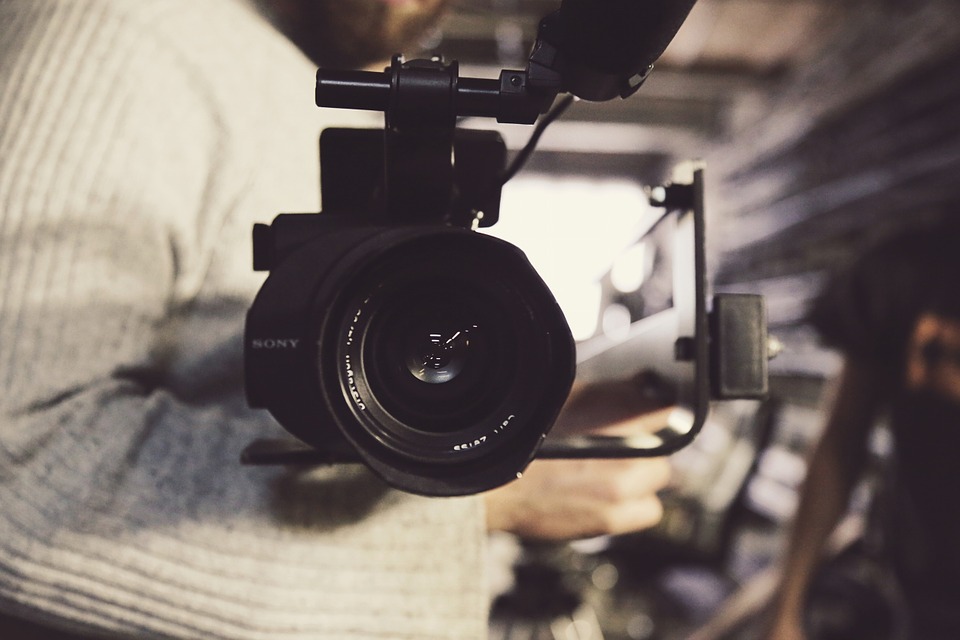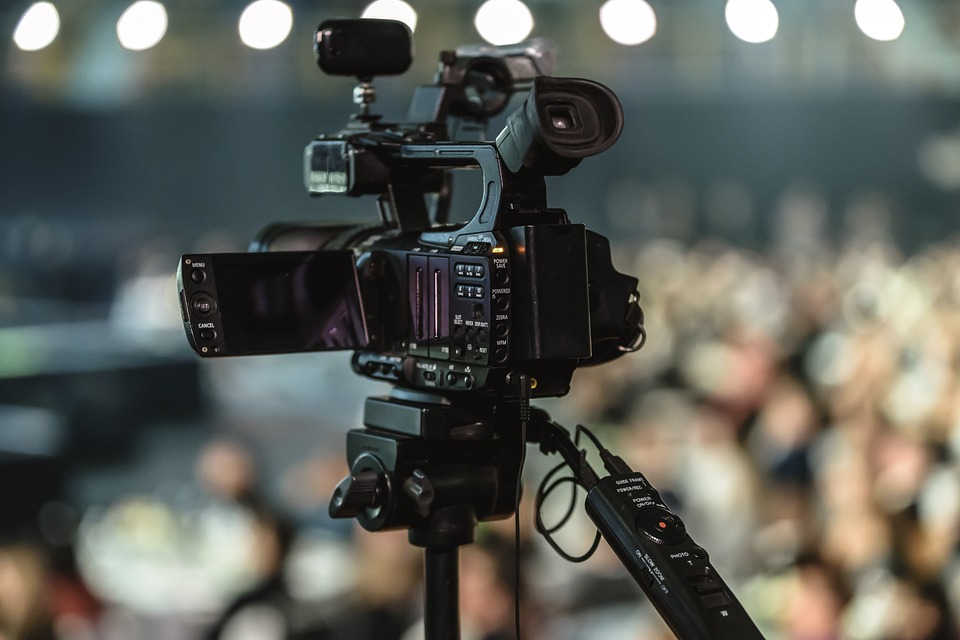Creating content nowadays and producing high-quality videos does not necessarily have to take months, have a big budget, or hire experts. You can actually create video content now that is quick, easy, and affordable without sacrificing the quality with the help of a live-action video.

What is a live-action video?
Video has a broad scope of formats ranging from digital animation, screen capture to motion graphics, and big production of cinematography. When you say live-action, it refers to any video that usages footage of real people in actual physical settings. Live-action video allows you to give a human touch to your company and product by highlighting human personalities and emotions. Being able to see real faces and real locations in a video give certain cinematic credibility that other forms of video, such as animation, lack.
Pros and cons of live-action video
If you are selling goods such as a purse, watch, shoes, and any kinds of physical goods, a video will help in showcasing your products to potential customers. Shooting a live video also has flexibility during the production process since you can have multiple takes, provide options for every scene, and choose the best one. Comparing it to other forms of video, it takes shorter to produce than an animation video which normally takes about four to 6 weeks on average. As recommended by the experts from Omnislash Visual, a huge range of production companies can also produce live-action videos. The cost for live-action videos may be a little bit lower than its animated video counterpart.
Since shooting a live-action video involves real human beings, humans are imperfect and mistakes are inevitable. If there are significant alterations to the video after you are done taking the footage, anything that you feel needs to change or you are not happy about that cannot be done by editing should be re-shot. Additional shooting days, in any project, might be over the budget and lengthen the time of completion.
Creating a live-action video
Know your target audience
Just like writing content, knowing your target audience is crucial in creating your video content. It will define everything from the style of the video to where it ends up published. Knowing your audience is part of writing your live-action video creative brief. It explains the kind of video you want to produce including your goals, budget, timeline, and, as mentioned, your audience. It also explains everything about the project so that the creative team, agency, or designer who will be working on it will have a blueprint of the project. It not only helps the creative team but also will help you as you shape the overall strategy and goals for the project.
Identify your channel/s before production
Different channels have different approaches when it comes to videos. The channel/s that you will choose can impact different aspects of your video such as its length, music rights, call to action, and many others. It is advisable that you consider making different versions of your video for different channels. It is tempting to create just one video and push it on all your channels. However, even if it is cost-effective, this is quite challenging and it is better suited for broadcasting, not for diverse social channels. There are a lot of channel-specific concerns such as viewer behavior, format restrictions, and other data. 80% of Facebook videos, for example, play their videos with the sound off while 90% of Youtube videos are being played with the sound on.
Align concept with your business needs or audience’s interest
Before starting with your production, you should ensure that your video content meets a particular business need and align it with your audience’s interests. Videos can be creative solutions to challenges, a way to entertain and engage with your audience. It could also be fun and shareable videos if you want to boost brand awareness. Whatever your concept is, it should align with your business goals and relate to your target audience.
Gather examples to convey your vision to your creative team
You might have the video concept in your head mapped out already frame by frame but in order to convey it to your creative team and put it into creation, you can gather samples of related videos that you can show to your team. Giving examples is the best way to get from concept to creation. You can gather videos from other brands or search for related videos on Youtube.
Keep script short and on point
Your script is the very foundation of your concept. Whether you use voice-overs or on-screen text or subtitles, you have to remember to keep it short. Most people do not want to read too much text on-screen or feel the need to rush through a long voiceover. Your editor will be able to help in adjusting pace and length, so expect to have changes in your script as editing begins. Collaboration between your writer and editor is important since it will ensure a tight edit that does not miss important points. Also, you can consider having subtitles to ensure people engage with your video even if their sound is off.
Pacing and transitions are important
Always be mindful of the pacing once you begin editing. Aside from timing, transitions have different styles and you just have to make sure that they are in line with your brand’s overall aesthetic. It is also important to always keep in mind the channel you are creating the video for. Editing transitions based on the beat of a song may add energy to your video, but this is time-consuming and additional work for your editor since every tweak of a clip has to be realigned to stay on beat.

The most important thing in creating a live-action video is to keep your audience engaged. It is said that viewers have a short attention span, so you have to ensure to keep your videos at a recommended time depending on the channel. However, it should be on point that your brand’s message gets and sticks to your target audience.

